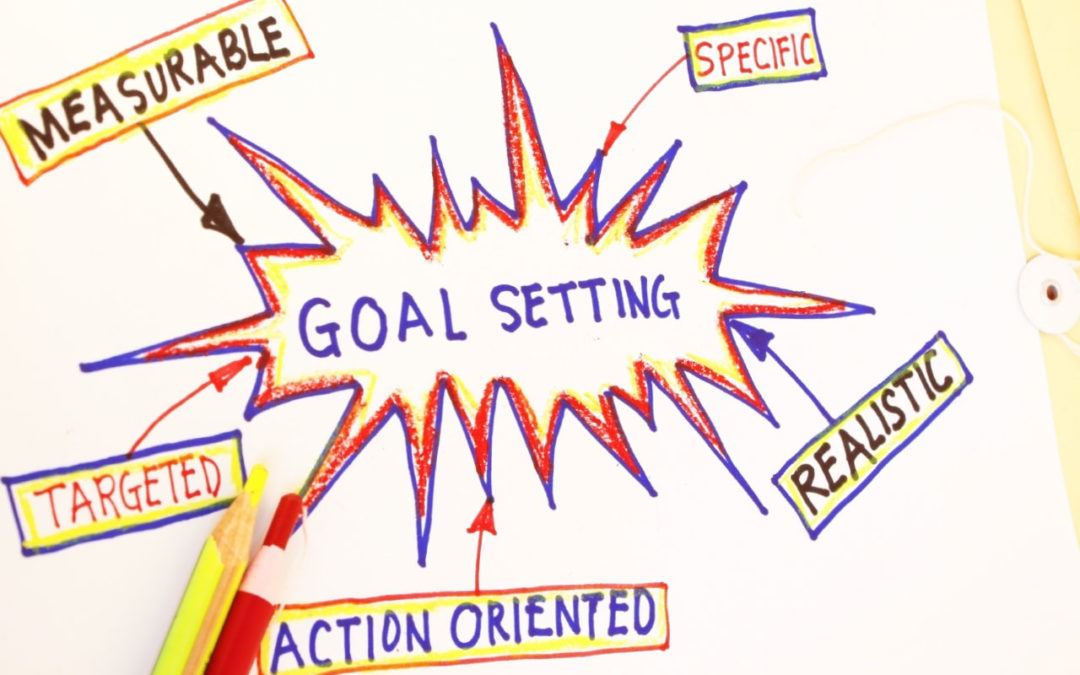
By Daniel Bobinski
Much power exists in the ability to set goals. However, without a purposeful framework, many goals are simply dreams. A solid goal should have at least five aspects to consider, and those five items can be remembered by using the acronym SMART. Here are the five aspects:
- S = Specific
- M = Measurable
- A = Action
- R = Realistic
- T = Time of completion
When creating a goal, start by clarifying three core factors: a specific action, a specific measurement and a specific time that the goal must be accomplished. Then, do a gut-check and decide if the goal is realistic.
In dissecting this, let’s start by talking about action. In many places, people say the “A” stands for achievable. I say this is a duplication, because achievable and realistic are synonyms. The A should be a clearly defined action because a SMART goal should have a specific behavior that must be done, and we must know what it is. The more specific, the better.
A goal of making more money does not have a specific action. Better would be to save, earn or invest.
The next word is measurable. This aspect is necessary because it’s how we know success has been reached. The phrase “I want to make more money” does not qualify as a goal because it has no measurability. “More” is not measurable. There will always be more money, so even if someone earned $6 billion, more could be earned. Pick a specific number and make sure it’s realistic.
Measurability does not have to be a spelled-out number. The phrase “read Covey’s Seven Habits book” includes both a specific action (read) and a specific measurability (the book).
Following measurability, we need a specific time of completion. Many goals are written that have a specific action and measurability, but they don’t get completed because no time of completion was identified. It’s amazing how much more gets done when we can answer the question, “by when?” Know that it’s a best practice to assign a specific date, not a number of weeks, months or years.
Finally, we need to look at our goals and decide if they are realistic. If someone has been earning $60,000 a year for the past five years and wants to make more money, it is not realistic to make a goal to earn $600,000. Unrealistic goals usually lead people to give up because they know the goals are unattainable.
That said, sometimes we should set goals that help us stretch. Setting easily achievable goals all the time may give us the ability to check off boxes, but there’s not a lot of satisfaction in accomplishing easy goals. Much of what’s been written about goalsetting says that if we want to stretch ourselves so we can accomplish more in life and develop a strong sense of achievement and satisfaction, we should consider creating some goals that have only an 80% chance of getting accomplished. Doing this leads us to work harder and do more than we may have originally believed possible.
Daniel Bobinski, M.Ed. is a best-selling author and a popular speaker at conferences and retreats. For more than 30 years he’s been working with teams and individuals (1:1 coaching) to help them achieve excellence. He was also teaching Emotional Intelligence since before it was a thing. Reach Daniel through his website, MyWorkplaceExcellence.com, or his office: (208) 375-7606.









